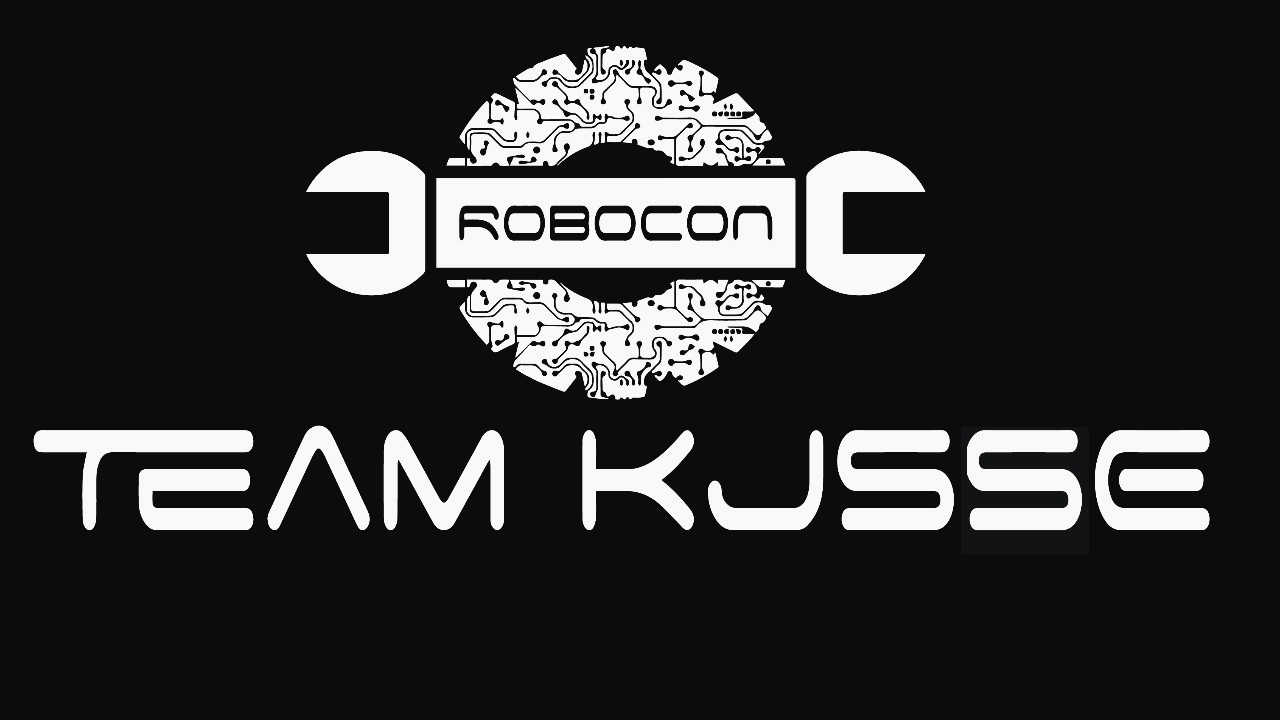ROBOT TR
TR has a 3 wheel holonomic drive using omni wheels. The throwing robot motors, used for the drive are customised to accomodate the particular tasks performed.
Picking Mechanism
The gripper, actuated by a push-pull solenoid, is used to grip
the arrows from the arrow rack. The jaws of the gripper are
attached to the solenoid using linkages. These grippers are
attached to a mild steel shaft which is connected to a Brushed DC
motor with worm gearbox, that rotates the shaft along with the
gripper and places the arrow on the throwing mechanism. The
grippers are 3D printed using PLA material.
Hopper Mechanism
Hopper consists of 3 Aluminium sections. The main function of the hopper is to facilitate the proper transfer
of the arrow from the picking mechanism to the Throwing
mechanism. It is also used to load the arrows received by
receiving mechanism onto the throwing mechanism.
A plastic sheet is fixed to one of its ends using L plates to
obstruct the arrow if it misses its mark while being released from
the picking mechanism. Hopper makes a pathway for the arrow
to travel to the throwing mechanism.
Shooting Mechanism
A set of four springs is used to launch the arrow in a projectile motion towards the pot. One end of the springs is fixed while the others are attached to a striker which moves linearly along aluminium rods. Initially, the springs are at rest. The striker is pushed backwards using a pneumatic piston and a linear guide mounted to the frame. The striker is then retained at that position using a locking mechanism. The striker is then released from the locking mechanism. In this way, the arrow placed on the frame is launched towards the pot.
ROBOT DR
DR has a 3 wheel holonomic drive using omni wheels, constructed using Aluminium sections.
Pick and Pass Mechanism
For the picking mechanism, two arms are attached to the
chassis on one of the sides of DR. These arms are controlled and
rotated by using a power window motor. The arm consists of a
3D-printed L-shaped plate attached to aluminium sections.
For picking the arrow, the L-shaped plates are positioned
such that on moving the robot, the L-shaped plates go beneath
the body of the arrow .a power window motor is used to rotate
the shaft, and hence the arrow is lifted.The Arrow picked up from the ground can either be passed
onto the TR using the passing mechanism.
Loading Mechanism
The arrow is
rotated using the picking mechanism. When the position of the L
plate of the picking mechanism is vertical, the arrow falls off the
plate onto the aligned aluminium section. Servo motors are mounted on the sections.
The horns of the servo motor are
arranged in such a way that the arrow is retained at a certain
position. Two such structures are mounted on either side of the
throwing mechanism.
When the horn of the servo motor is rotated, the arrow rolls
down the angular sections, into the throwing mechanism.
Table Pushing and Arrow Interception Mechanism
The primary aim of the table-turning and Arrow deflection mechanism is to turn the table according to the situation i.e. either for misleading the opponent team’s arrows or to position the table for ourselves. The table-turning mechanism consists of 2 aluminium sections mounted at a distance for moving the type II pot table and type III pot table. The ends of these sections are fixed with 3D printed ABS plastic parts meant for making contact with the handles of the Pot Tables. The arrow deflection mechanism consists of a 12V DC Johnson Geared Motor, onto which a latch is coupled. The latch is used to grip and rotate the arrow, thus deflecting the opponent’s arrows and preventing them from landing in the Pots.
